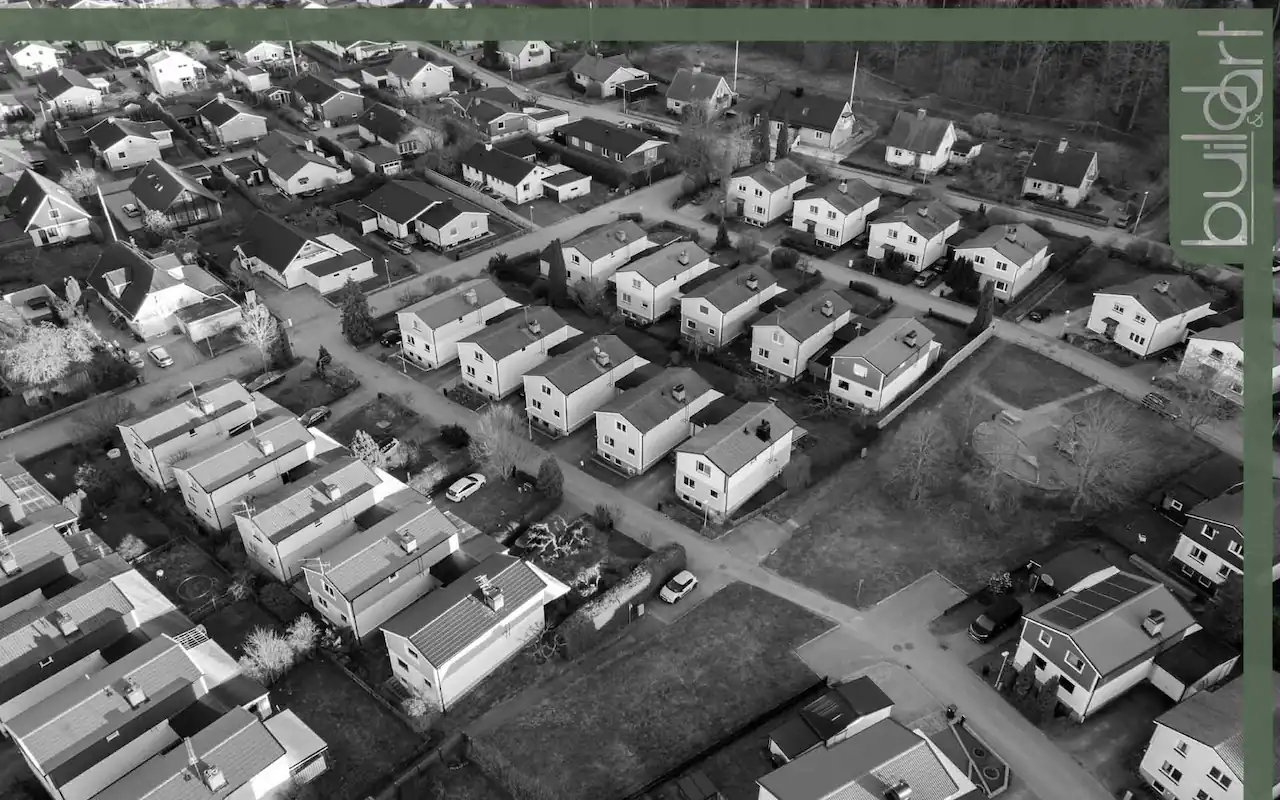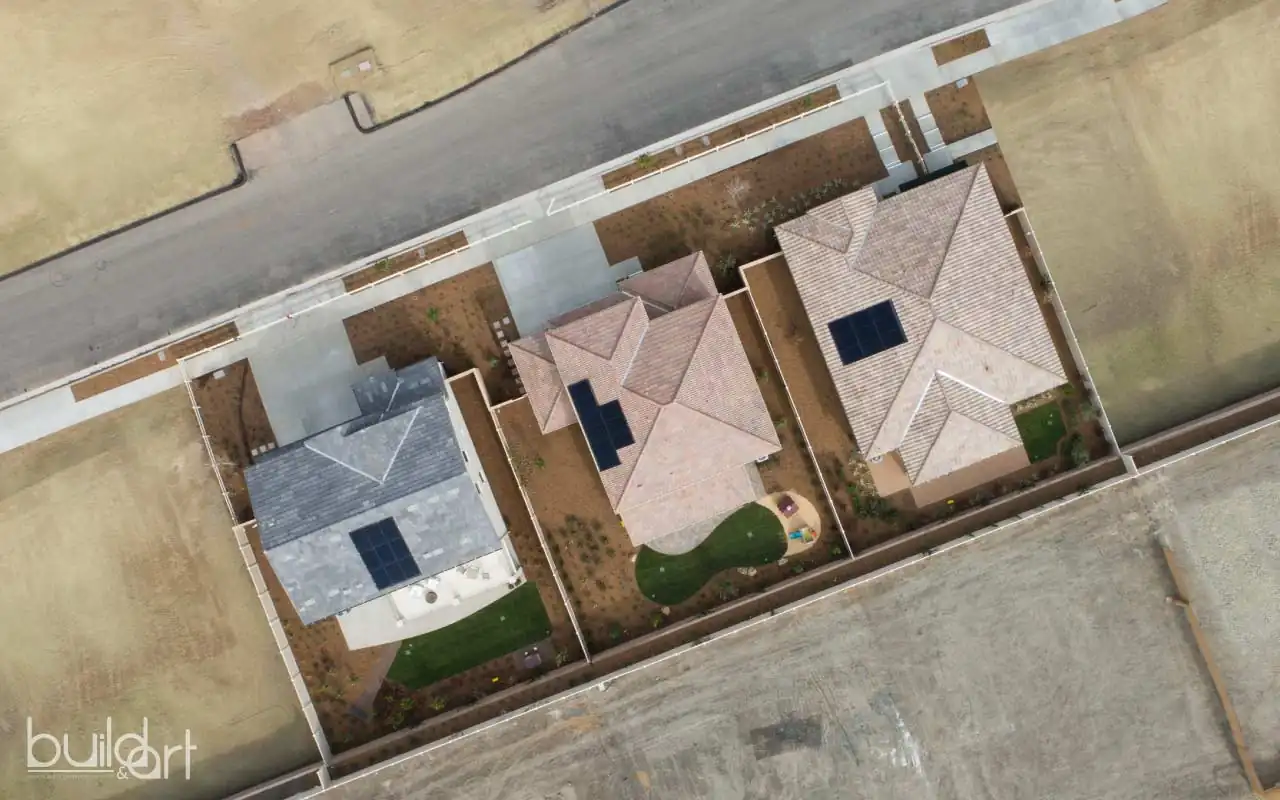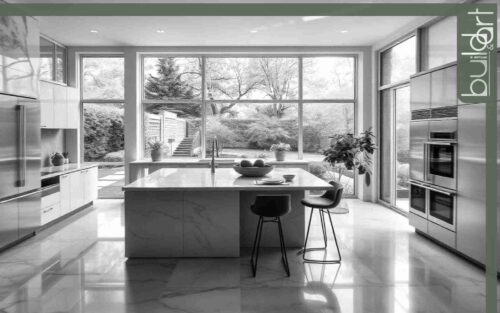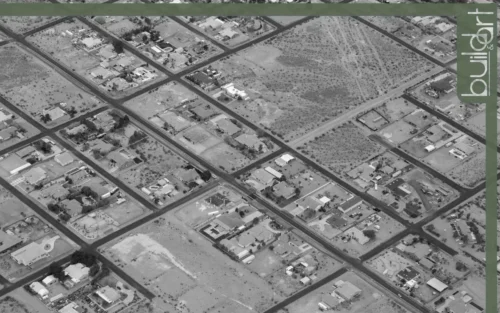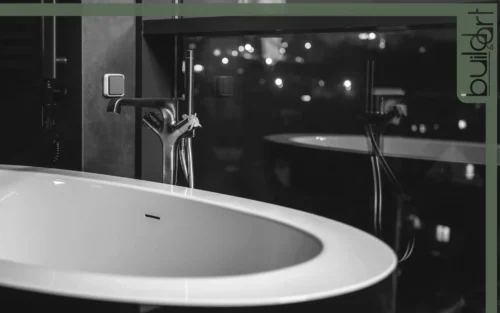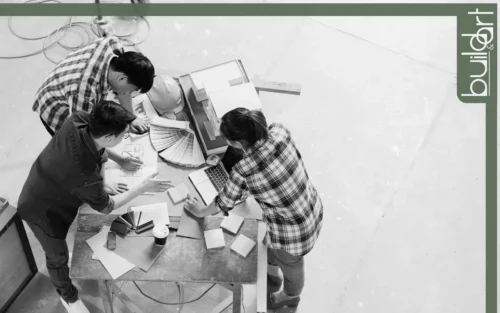Being properly informed about how much land do you need to build 2 townhouses is a great way to maximize your living space in high-demand suburbs of Melbourne such as Balwyn. Nevertheless, before you start with the architectural plans and permits, the most important initial step is to figure out the suitable land size for your project. By working with the experienced luxury home builders Balwyn, you can be guided through the process, but the key considerations that you should know about will give you the power to make an informed decision.
Local Zoning and Building Requirements
The first step is to consult your local council’s planning department and builders eastern suburbs Melbourne. Zoning regulations in Melbourne will specify the minimum lot size for townhouse developments. These regulations often consider factors like:
We are here to help bring your vision to life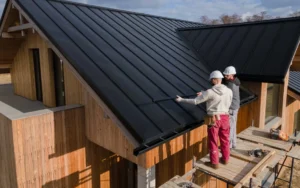
- Minimum lot frontage: This means the case of your block facing the street. The minimum frontage may be 12-15 meters, but there are some cases when the less can be allowed.
- Floor area ratio (FAR): When it comes to using it in the construction of 2 townhouses or for calculating how much land do you need to build 3 townhouses, the Floor Area Ratio laws regulates the maximum total floor area allowed on a block in relation to the size of the land.
- Setbacks: These are the minimum distances your townhouses must be built away from the property lines to guarantee proper spacing and sunlight for the people.
Calculating How Much Land Do You Need to Build 2 Townhouses
Once you have a good grasp of the factors above, you can estimate the required land size and it helps you to recognize mistakes to avoid when building a new house. Here’s a simplified approach:
- Determine the total desired townhouse square footage (including both units).
- Research Melbourne’s zoning code for minimum lot size per dwelling unit.
- Multiply the minimum lot size per unit by two (for your two townhouses). This is your baseline land area requirement based on zoning.
- Factor in additional space needs for amenities, parking, and desired setbacks. This will give you a more realistic estimate of the total land area required for your project.
Example:
Imagine you plan to build two, 2,000 square foot townhouses in Balwyn. Let’s say the zoning code mandates a minimum lot size of 5,000 square feet per dwelling unit.
Following the steps above:
- Total desired townhouse square footage: 2,000 sq ft/unit x 2 units = 4,000 sq ft
- Minimum lot size requirement (based on hypothetical zoning code): 5,000 sq ft/unit x 2 units = 10,000 sq ft
- This provides a baseline of 10,000 sq ft based on zoning.
you may also want to consider:
- Private outdoor space for each townhouse (add 500 sq ft per unit): 1,000 sq ft
- Shared green area: 2,000 sq ft
- Parking for each unit (consider 250 sq ft per car): 500 sq ft (assuming two cars per unit)
Adding these desired features increases the total land area needed to:
10,000 sq ft (baseline) + 1,000 sq ft (patios) + 2,000 sq ft (green area) + 500 sq ft (parking) = 13,500 sq ft
We are here to help bring your vision to life
Additional Considerations: Maximizing Value and Appeal
While meeting regulations and achieving functionality are crucial, here are some additional factors to consider when determining your land size:
- Open space and landscaping: Townhouses that come with a private outdoor space or communal gardens are so valuable. Set aside some land for landscaping to heighten the beauty of your whole construction.
- Future potential: Consider the possibilities of future additions for instance pergolas or decks. Check the size to make sure it is large enough to have these possibilities but not too big that the essential features are compromised.
Consulting with a Townhouse Development Specialist
Partnering with a reputable townhouse developer, can be invaluable. They possess the expertise to:
- Navigate local regulations: They will make sure that your project is in compliance with all zoning and building regulations.
- Optimize land use: Their expertise is the basis for the design of townhouses that prevail on your block therefore maximizing the space and the functionality.
- Create a successful development: They can show you the way through the entire development process, from the planning to the construction, to be sure of the success of your project.
Finding the Perfect Balance,
The process of deciding the perfect land size for your townhouse development demands a balance between regulations, functionality and at the same time, you can make your project more valuable and attractive. Talking to a local townhouse developer and well researching on the zoning requirements will overcome the hurdles and it will be the project that will be successful in the Melbourne suburbs property market.
We are here to help bring your vision to life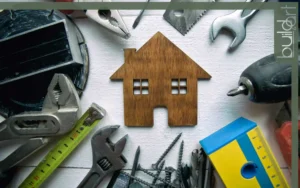
FAQ
Why is it important to know how much land I need for 2 townhouses in Melbourne?
Being aware of the right land size is a must for the biggest living area and for the one to make the right choices before getting the architectural designs and the permits. Besides, it allows you to get a fine from those local authorities.
What are the key factors affecting land size for 2 townhouses?
Local zoning regulations are the primary factor.
- Minimum lot frontage: This is the width of your block facing the street. It can be 12-15 meters, with some exceptions.
- Floor area ratio (FAR): This restricts the total floor area allowed on your land compared to its size.
- Setbacks: These are minimum distances your townhouses must be built away from property lines for proper spacing and sunlight access.
How can I estimate the land size I need?
Here’s a simplified approach:
- Determine total desired townhouse square footage (for both units).
- Research Melbourne’s zoning code for minimum lot size per dwelling unit.
- Multiply the minimum lot size per unit by two. This gives you the baseline land area requirement based on zoning.
- Factor in additional space needs for amenities, parking, and setbacks for a more realistic estimate.

